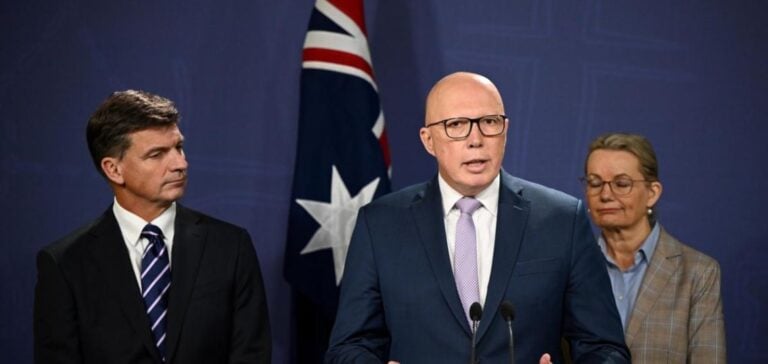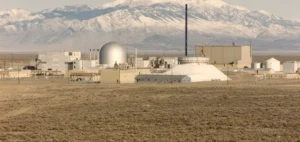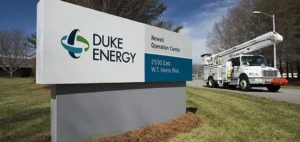Australia is preparing for a major energy shift with the potential introduction of nuclear power. Opposition Leader Peter Dutton, accompanied by David Littleproud and Ted O’Brien, revealed the ambitious plans of the future federal coalition government to integrate this energy source. They identified seven sites where nuclear power plants could be built, replacing closed or end-of-life coal-fired plants.
A Vision for a Balanced Energy Mix
According to the coalition’s leaders, Australia needs to diversify its energy sources to guarantee affordable, clean and consistent electricity. Currently, 90% of baseload electricity, mostly produced by coal-fired power plants, is nearing the end of its useful life. Nuclear power, they say, is a timely solution that has proven its effectiveness in reducing costs and emissions worldwide, and would complement renewables and gas. The coalition plans to develop two initial projects, using either small modular reactors (SMRs) or larger power plants such as the AP1000 or APR1400. These projects, scheduled to be operational by 2035 for SMRs and 2037 for the largest plants, would be owned by the Australian government but built and operated in partnership with experienced nuclear companies.
Strategically Selected Sites
The seven proposed sites are as follows: Liddell Power Station (New South Wales), Mount Piper Power Station (New South Wales), Loy Yang Power Stations (Victoria), Tarong Power Station (Queensland), Callide Power Station (Queensland), Northern Power Station (South Australia), and Muja Power Station (Western Australia). Sites in South Australia and Western Australia would be reserved exclusively for SMRs. These sites were chosen for their favorable technical attributes, such as cooling capacity and existing transmission infrastructure. Using these locations would avoid much of the expenditure required for a system based solely on renewable energies, such as new transmission poles and cables. Local communities would also benefit from well-paid jobs and regional economic spin-offs.
Economic Challenges and Opposition
The annual GenCost report by the Commonwealth Scientific and Industrial Research Organisation (CSIRO) estimates the capital cost of a large-scale nuclear power plant in Australia at AUD 8665 (USD 5775) per kilowatt, deeming it uncompetitive with renewable energies. Dutton nevertheless claimed that the coalition’s plan would be less costly than the Labor government’s current proposals, estimated at between AUD 1.2 and 1.5 trillion for a renewable energy-based system. Chris Bowen, Minister for Climate Change and Energy, criticized the plan as “risky” and highlighted the lack of detail and modeling. He said, “It’s too slow, too expensive and too risky for Australia.”
Local impact and future prospects
Colin Boyce, Member of Parliament for the Queensland electorate of Flynn, welcomed the announcement, highlighting the economic and employment benefits for the local community. Without a transition to nuclear power, the planned closure of the Callide plant would result in the loss of 250 jobs. The opposition sees this initiative as an opportunity for Australia’s 2025 election to become a referendum on energy, nuclear power, electricity prices and the country’s future sustainability. This announcement marks an important step in the debate on Australia’s energy future, which pits the divergent visions of the current government against those of the opposition.






















